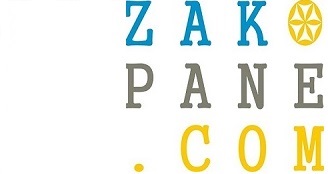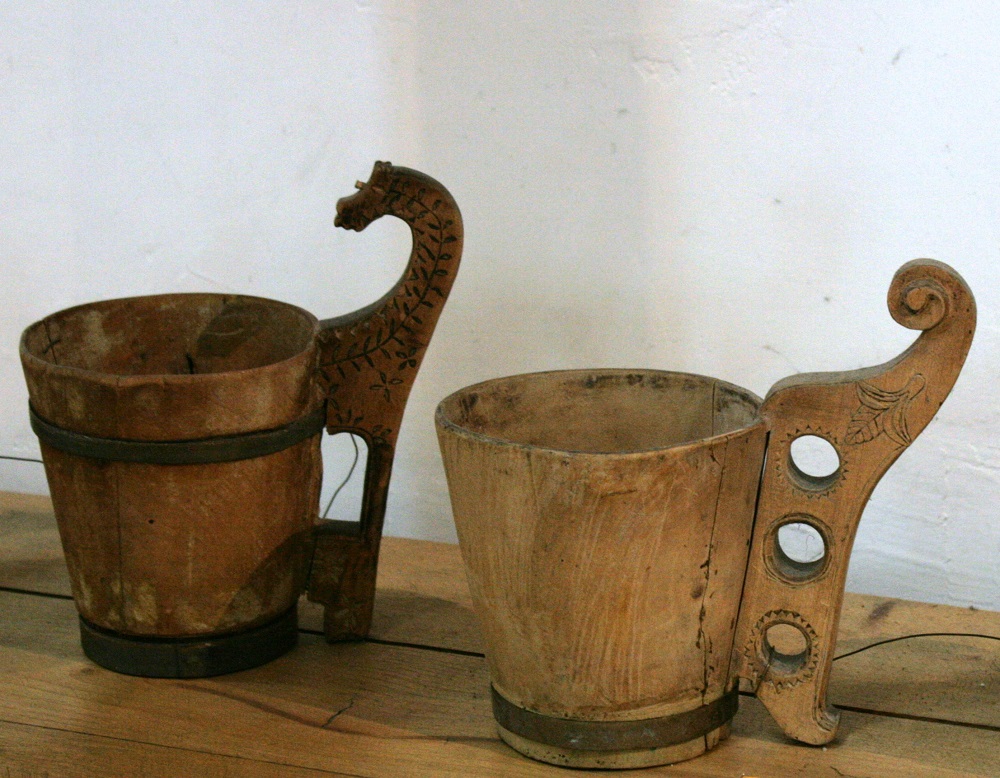Highlander food – what you should taste during your stay in Zakopane
Today in Zakopane and in Podhale we can recommend trout, lamb and mutton served according to many recipes. In many restaurants you can order trout fried in butter and oscypek. Everyone should try roast leg of lamb, pork knuckle in Góralski style, and of course kwaśnica, intense, brackish and spicy, boiled on the basis of sauerkraut, which usually contains mutton and is the best warming dish when you return from the ski slopes or all-day hiking in the mountains.
For those who visit Zakopane in summer and autumn, we suggest trying a soup of porcini mushrooms and fried fritters in butter. Also very popular is the potato cake (large potato pancake with goulash). If you’re in Zakopane for the first time get to know this great taste of highlander cuisine that uses natural ingredients.
Below we describe cheese and also a few more traditional dishes, which today are no longer in taverns and restaurants in the center of Zakopane.
Highlander food is not very fancy, but it has something, that attracts people and arouse their curiosity. It’s good to know, that because of cilmate conditions and infertile ground everyday life beneath Tatras was really tough. Cultivation anything more than potatoes and cereals was almost impossible. In addition to this, daily hard work required big amount of calories, highlanders needed to be strong and robust to cope with everyday challenges.
Because of all that, traditional highlander cuisine was caloric and was based only on a few ingredients, that different dishes were made of. These were mainly potatoes, flour, cabbage and animal fat. The meat was eaten only for holidays and important family events, and sheep cheese, were usually intended for sale, they weren’t eaten daily.
Highlanders didn’t bake a bread and ate it rarely – it was replaced by cakes and noodles made of potatoes. Highlanders ate dairy as well, it was usually buttermilk, curd or regional drink żętyca.

Cheese
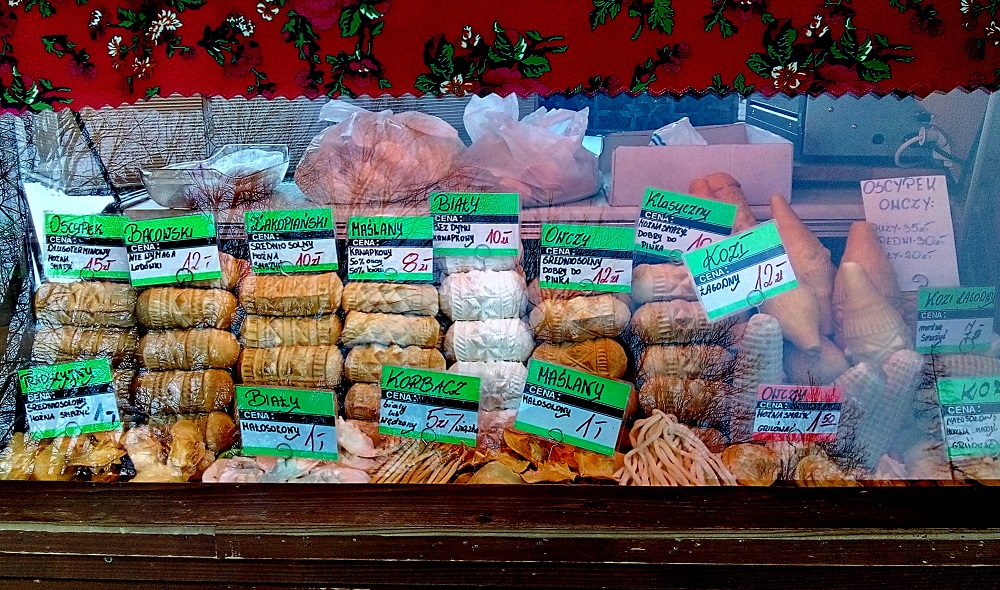
Oscypki
The most popular cheese in Tatras region, and in whole Poland. Oscypki are made only in shepherd’s huts during the summer grazing. They have special EU certificate ‘Protected Geographical Indication’, which means, that production of oscypki is made only in set area. The name oscypek is reserved and refers only to cheese, made with traditional methods. If you’re buying oscypki and they don’t have the sign ‘Protected Geographical Indication’, it means, that they’re not traditional oscypki. It’s good to know this as many people try to sell the ‘highlander cheese’ which looks like oscypki, but they’re not the real thing.
Oscypek (singular form of oscypki) is a hard, smoked cheese made of sheeps’ milk, sometimes with addition of cows’ milk (not more than 40%). The cheese is made of the pulp that is left during bundz production (bundz is another kind of highlander cheese). This pulp is blanched with hot water until it is elastic and then it is squeezed an formed. Characteristic patterns are made by using a special molds. Oscypek is soaked in brine and after smoked above bonfire. To produce one piece of cheese that weights 600-800 grams you need to use about 7 liters of sheep’s milk.
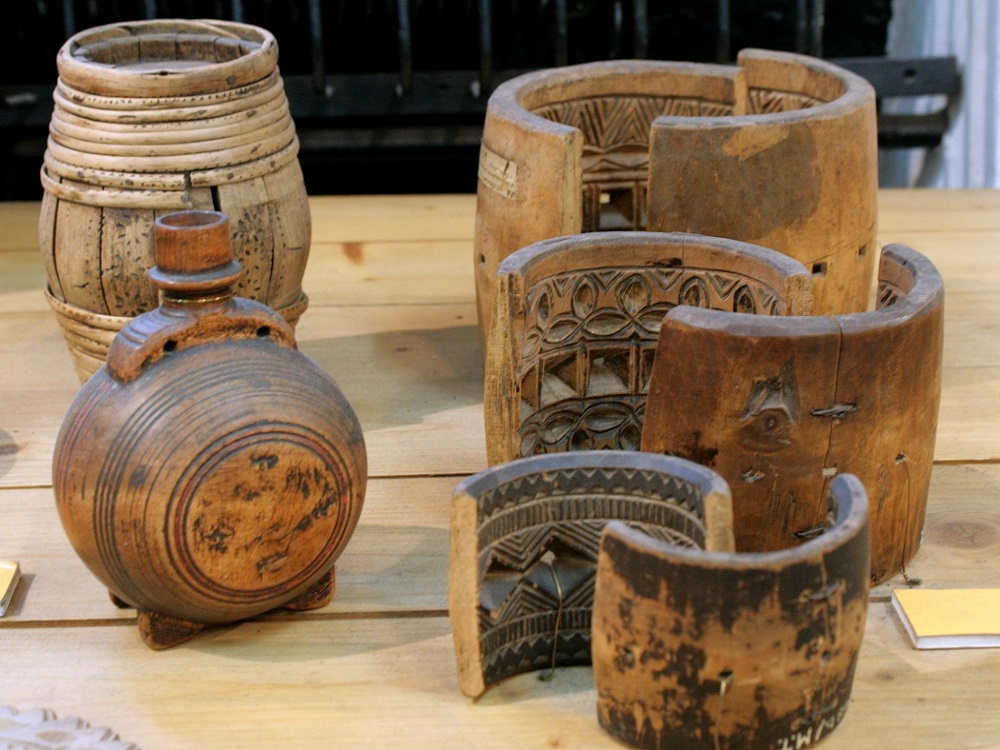
Mold for oscypki
Brusek
Is a smaller form of oscypek (weights not more than 500 grams), it has cylinder shape.
Redykołka
Small cheese from sheep’s milk, made in wooden molds in the shape of animals or hearts. Redykołka can be smoked or not (then it’s white). Tradition says, that shepherds gave this cheese to people, during local holiday called redyk, when they came back with their sheep from glades in autumn.
Bundz
It’s a white sheep cheese, similar to cottage cheese, it has a little bit sweet taste. The cheese ripens with time and become a little bit sour.
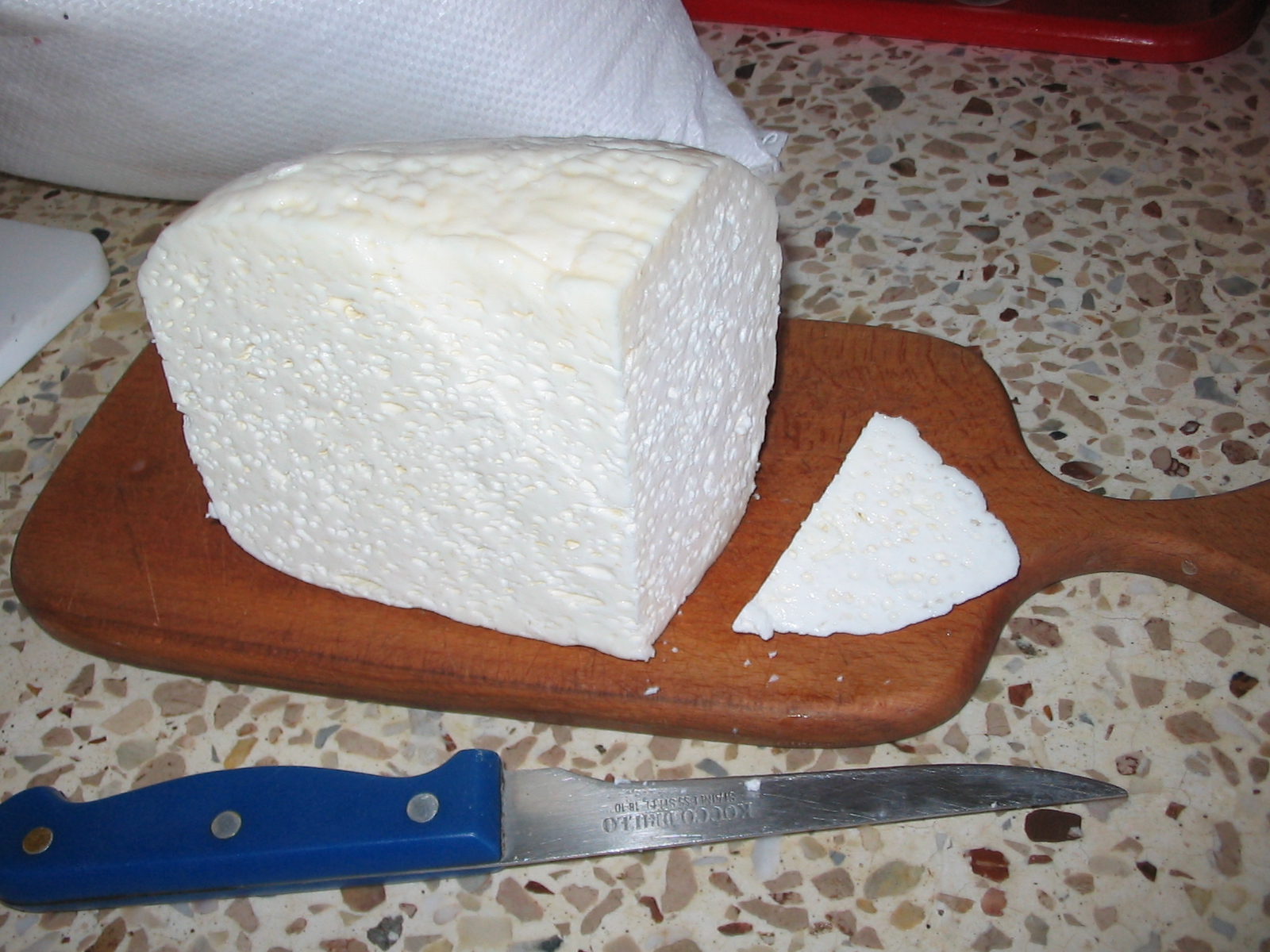
By Kagor – originally uploaded as Budz.jpg, GFDL, https://commons.wikimedia.org/w/index.php?curid=11669760
Bryndza
This cheese is made from salted and ground ripe bundz. It’s salty, sometimes a little bit sour or spicy. Bryndza was the first cheese that was approved as a regional product and got a EU certificate.
Gołka
It’s traditional smoked cheese, with delicate flavor. It’s often mistakenly taken as oscypek, as they’re very similar. But gołka is less salty and has less intensive flavor. It’s made of cows’ milk.
Korboce
They’re always present during family events, especially during weddings. They are made of cows’ milk and they look like pasta’s threads. They have delicate flavor, not so salty as sheep cheese. Korboce can be smoked or not.
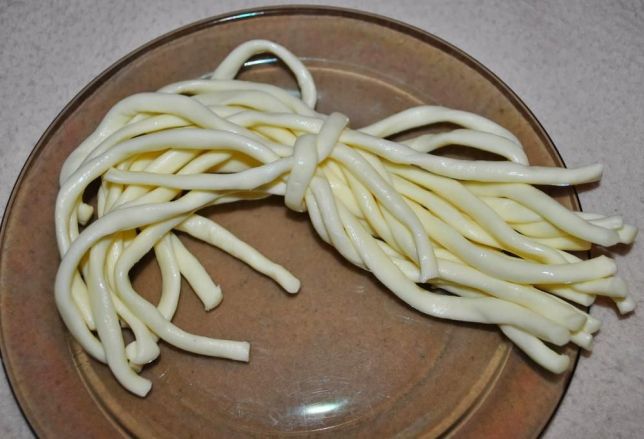
Soups
Kwaśnica
It’s really popular soup, that you need to taste during your stay in Zakopane or Podhale. It’s on the Polish List of Traditional Products , it has really intensive sour and salty flavor, it’s a little bit spicy, it will warm you and fill you up. It’s made of pickled cabbage and meat (one or two kinds): mutton or pork, often with smoked ribs. Original kwaśnica is eaten with potatoes (that should be boiled separately, not in the soup!) or with bread – no other vegetables (like carrots) are added.
Bryjka
It’s regional dish from highlander cuisine, but it’s extremely rarely served in restaurants and inns, probably because of it’s unattractive character, but if you have an opportunity, you should try it. Basic version is made by boiling the flour in salty water and when the pulp becomes more dense, it should be placed in bowl and mixed. Then some fat is added, lard or butter. Often during boiling buttermilk or whey where added.
Czosnianka
Very tasty and warming but a little bit forgotten highlander soup. Czosnianka in Polish means the soup made of garlic (‘czosnek’ means ‘garlic’). It’s made of potatoes, big amount of garlic, onion and mint. Some salt and lard or butter is added.
Cakes and noodles
Placek po zbójnicku
It is a kind of potato cake, served with goulash. Very popular dish, that you can taste in almost every inn. It’s traditional food of highlanders’ cuisine and now very popular in many Polish regions. It’s similar to Hungarian cake, what it does show how big influence the Hungarian traditions have in the highlanders culture.
Moskole
If you’re in Podhale Region, you should try moskole, which are traditional cakes, baked on griddle. As tradition says, they’re came to Tatras from Russia during the WW I, together with Russian people, that in Poland were called Moskale (from their capital – Moscow).
They’re made of boiled potatoes, flour, water and salt. The dough should be well formed to small cakes, and then, baked on a griddle. It’s good to know, that original moskole are baked only on big griddle, never in the oven or frying pan. Well prepared moskole should have a little bit crispy crust and soft center. They’re the best with garlic butter and a pinch of salt.
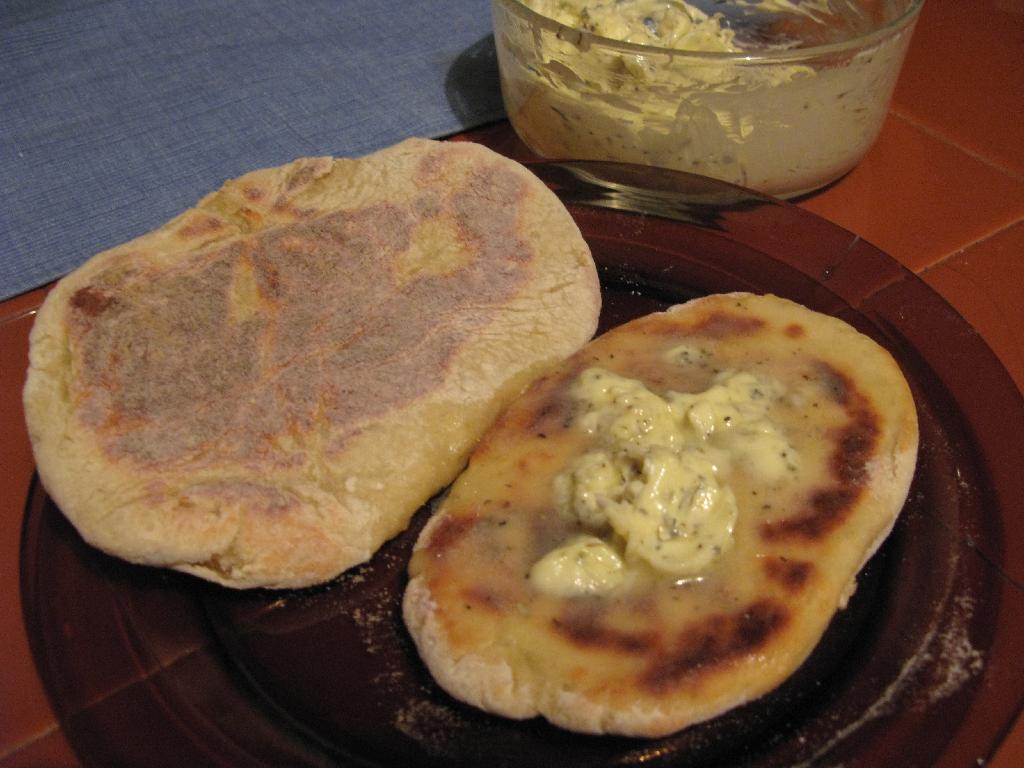
http://kopytka.blox.pl/2010/11/Moskole.html
Hałuski
A little bit forgotten noodles made of grated potatoes, salt and flour. Raw potatoes should be grated and left for some time, so they could release some water, called krochmal. Then, the potato pulp should be squeezed and some flour should be added. To get a dense pulp, we can add some krochmal. We take small portions of the pulp and put them on the boiling water. Hałuski are served with cheese and butter.
Dziadki ze spyrkom
It’s another variation about cakes and potatoes 🙂 Potatoes need to be boiled and during boiling we should add some flour, to get not so dense pulp. We boil it a few minutes, and then we should tamp it and form noodles. We put them into the bowl and add some fried smoked bacon.
Meat dishes
In traditional highlander cuisine meat dishes were prepared really seldom – during holidays and family events, e.g. weddings. The base of this dishes was of course the easiest available meat: mutton and lamb, sometimes pork. Because those kinds of meats are not very popular right now, if you’re in Zakopane, you should try mutton or lamb roast.
Another popular dish is highlander pork leg – it’s something special for meat fans. It’s really solid and non dietetic 🙂 but during stay in Tatras it’s hard to resist.
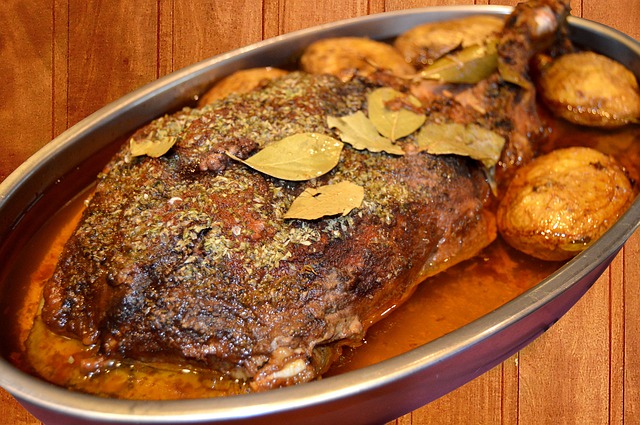
As some kind of alternative for traditional meats, we can recommend highlander trout. It’s fried and then baked with cream sauce, it’s really delicious.
Desserts
Previously, desserts and sweet cakes were prepared only for holidays. Now, highlanders desserts are a little bit modified and they’re often not traditional highlander pastries, but they’re still worth trying. We recommend yeasty cakes (called hrube baby), highlander kremarz, which is a cake with honey and cream, highlander apple pie and kalach.
Żętyca

It’s traditional highlander drink, in local dialect called zyntyca. It’s a drink made of sheep milk, a byproduct of cheese production. Fresh żętyca is a little bit sweet, and when it stays several days, it becomes more sour. Highlanders claim, that żętyca is a remedial drink, which gives them strength. Żętyca is on the Polish List of Traditional Products and we can try it only in shepherds’ huts during the sheep grazing.
Have you already tried any highlander dish? Which one did you like the most? What dish would you like to try? Share your opinion in comment!
